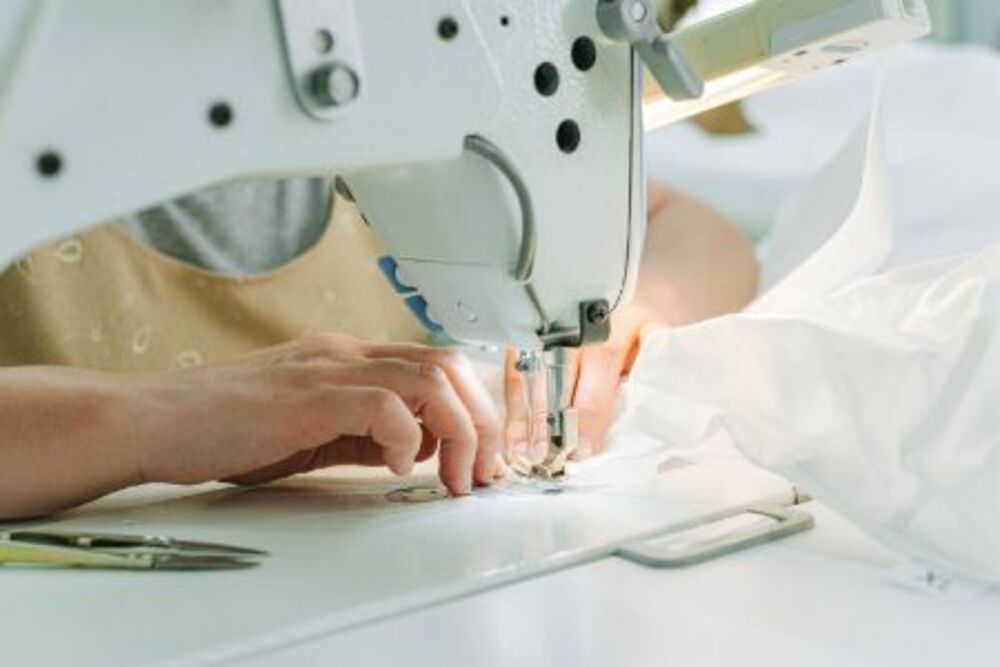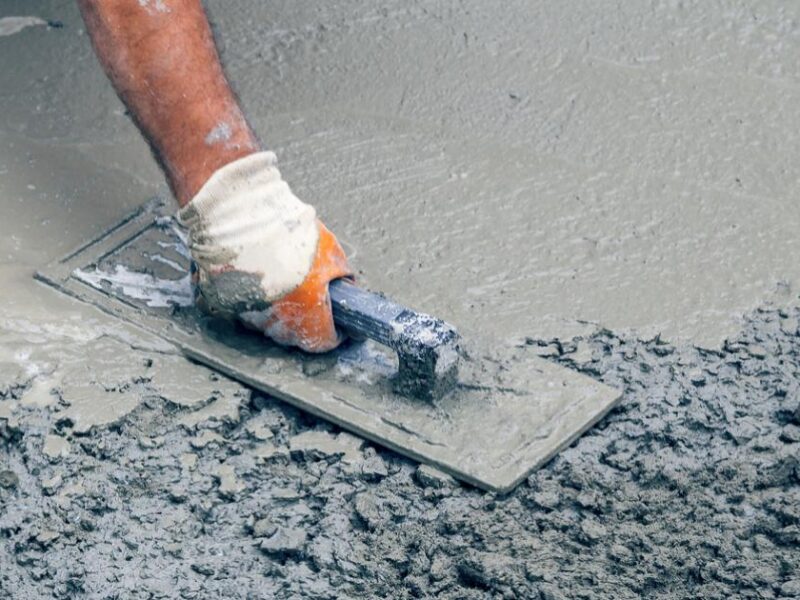An antique sewing machine can hold tremendous value. Many factors influence its price, including condition, marketplace demand and rarity.
These vintage sewing machines offer more versatility than modern machines, being capable of sewing through virtually every fabric type and using fewer parts, which makes repairs simpler.
Value
Antique sewing machine values depend upon several factors: age, condition and rarity are important considerations; so too are manufacturer reputation and treadle mode compatibility. Find out for the best embroidery machine for beginners.
Treadle models were first used before sewing machines relied on electricity for powering their mechanisms, employing pedals or hand cranks powered by external motion to power them.
Based on its type, condition, and whether or not it has been restored or repaired can determine its value. An exquisitely restored machine may fetch more than its counterpart that has fallen into disrepair.
An old industrial sewing machine that has been properly maintained can be extremely valuable. Be sure to compare prices across auction platforms – looking at completed sales rather than dealer asking prices will allow you to avoid making offers that are either too low or too high; or visit an antique appraiser for professional appraisal services of your machine.
Condition
As part of the process of valuing an antique sewing machine, it’s essential to take its condition into account. Rust or any damage to its body could significantly decrease its value; make sure the machine works fully before purchasing; also examine any accessories it comes with if applicable;
Your antique sewing machine’s history can only add value. For instance, if it belonged to an influential historical figure or has played an instrumental role in sewing machine history, its worth may skyrocket – potentially making it worth thousands of dollars more than it otherwise would.
An appraisal service is the ideal way to establish the value of an antique machine, either locally or online. Such appraisers typically can be found at local antique shops or auction houses; online search tools may also help. Prices typically range between $50 and $500; any qualified appraiser will provide accurate advice as to the machine’s worth.
Stitching options
Antique sewing machines tend to be more precise than their modern counterparts and capable of creating stronger seams, making them more desirable and fetching a higher selling price.
Antique machines tend to specialize in straight stitching; however, a few may also offer decorative and zigzag stitches. Furthermore, antique machines tend to handle thicker materials better than modern machines such as leather and denim.
When purchasing an antique machine, make sure that it has been repaired or modified by an expert before buying. Also look for models with multiple stitching options and attachments so you can tailor it specifically to meet your needs. Check its history to make sure it hasn’t been misused; search auction websites to evaluate its worth; or have an experienced appraiser look over its value before making your decision.
Collectability
Your old sewing machine may hold significant sentimental and economic value for generations in your family, as well as be an antique collectible. Take time to learn more about it before trying to sell it – this will allow you to set an appropriate selling price and attract potential buyers.
Rare or unusual antique sewing machines can be worth far more than those considered common, making them worthwhile investments. One way of gauging rarity of an object is looking at its serial number and manufacturer name; Carter Bays’ Encyclopedia of Early American and Antique Sewing Machines: Identification and Values provides extensive information regarding vintage machines including photographs of more than 600 antique machines.
Check eBay completed sales to gain insight into what similar machines sold for recently; just remember to factor in shipping when comparing prices.

